[toc]
Best CSS Frameworks of 2017 : Responsive and Popular –
Below are the some Best Responsive CSS frameworks of 2017 :

Twitter Bootstrap
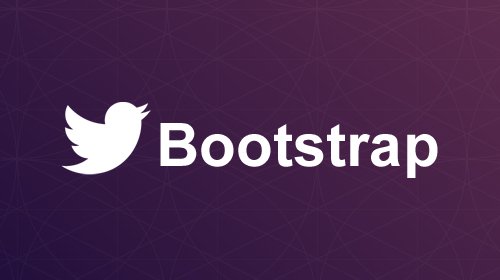
Bootstrap is by far most famous and the best front end cascading style sheet available right now.
GITHUB Stars : 106,557
GITHUB Link : https://github.com/twbs/bootstrap
Why should you employ bootstrap in your project?
- Free to use.
- Easy UI to indulge with.
- Capabilities : Bootstrap involves numerous templates that can be employed in typing, creating tables, modifying tabular entries, provide navigation and also aid you with javascript plugins.
- With the various number of platforms Introduced, bootstrap provides an amazing responsiveness to almost all the platforms out there with the help of pre-created classes.
What are the Pros of using Bootstrap?
- Anybody with just basic knowledge of CSS can use it .
- Versatile responsiveness.
- Core framework What are the Consists of mobile-styling.
- What are the Consistent-Efficient throughout the deployment process.
- User can make changes in the framework accordingly to their requirements.
- Large support community.
What are the Cons of using Bootstrap?
- Customizing bootstrap structure requires lots of rewriting the files.
- It could be a bulky to use at times.
Semantic -UI
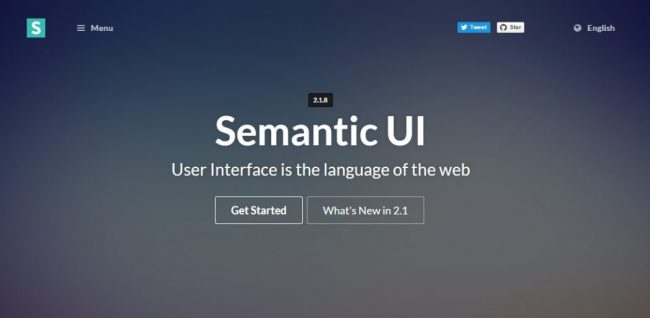
Semantic-ui is a development framework that helps in creating beautiful, responsive layouts that are easy to work with.
Github Stars : 31,276
GITHUB Link : https://github.com/Semantic-Org/Semantic-UI
Why should you employ Semantic-ui in your project?
- Semantic-UI is Free to use.
- It is responsive and allows manipulating and working on various tables, styling buttons.
What are the Pros of using Semantic-UI?
- It treats words and classes as exchangeable concepts.
- Employs use of regular English while describing relationships, entities.
- Offers a wide variety of over 3k themes.
- Debugging tends to be easier in semantics-ui.
What are the Cons of using Semantic-UI?
- Deployment process is bit greater.
- Lacks support for Internet Explorer.
- Semantic package is very large.
FOUNDATION

FOUNDATION is a front end css framework maintained by zurb. It is a mobile first responsive framework with rapid development phase.
GITHUB Stars : 24,992
GITHUB Link : https://github.com/zurb/foundation-sites
Why should you employ Foundation in your project?
- Free and Open Source
- It is a mobile first responsive framework
- Foundation comes with a grid layout which is responsive with various types of devices like mobile phones, portrait and landscape format.
What are the Pros of using Foundation?
- Foundation has a great set of style sheets that provide basic style definitions for all key HTML components.
- In addition to basic definitions it provides buttons with advanced features including grouping of buttons or buttons with drop-down option, pull up.
- It allows web pages to adjust dynamically.
What are the Cons of using Foundation?
- Foundation doesn’t support Internet explorer 8 because of some of the grid properties it uses.
- Customizations tend to be a bit of laggy process.
MATERIALIZE

Materialize is a modern-front end framework based on the design of materials.
GITHUB Stars : 24,513
GITHUB Link : https://github.com/Dogfalo/materialize
Why should you employ Materialize in your project?
- Free to use.
- Responsive
- It implements Google’s material design specifications which is loaded with ready-to-use buttons, iWhat are the Cons, cards, forms and other components.
What are the Pros of using Materialize?
-
Materialize includes a IZ column grid feature which can be used for website layouts.
-
It allows large number of components to be selected.
-
Pre-created great templates to use.
-
Pretty good to use in small projects.
What are the Cons of using Materialize?
-
The deployment process with large file/project becomes laggy.
-
Does’t offer support for Flexbox model.
MATERIAL-UI

Material-UI is the easiest to adhere to Google’s material design guidelines.
GITHUB Stars :23,034
GITHUB Link : https://github.com/callemall/material-ui
Why should you employ Material-ui in your project?
-
Free to use.
-
Material-UI is a manually made responsive framework.
What are the Pros of using Materialize-ui?
- Easy to customize
- Many pre-loaded material design-compliant components.
- Best to adhere to Google’s material design guidelines.
What are the Cons of using Materialize-ui?
- Doesn’t offer advantage to strart a project from beginning.
- One needs a prior knowledge of React.
PURE
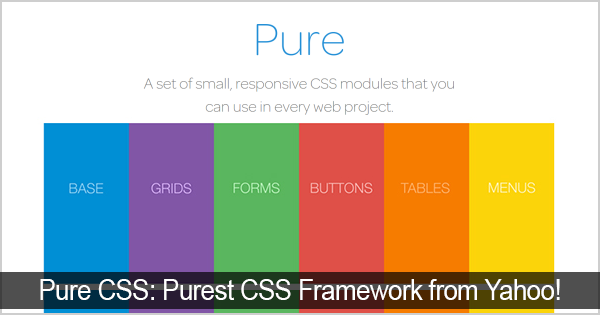
Pure offers small but responsive modules to inherent in any project.
GITHUB Stars :15,938
GITHUB Link : https://github.com/yahoo/pure
Why should you employ Pure in your project?
- Free to use.
-
Pure offers a great responsive framework including buttons, menus, grids, tables and other features.
What are the Pros of using Pure?
- Smallest css pack ever What are the Consuming only 3.8KB.
- Allows fluid yet faster loading on mobile platform.
- Offers great flexibility over coherent modules and module sets.
What are the Cons of using Pure?
- Pure offers only css and lacks support for jss and jquery.
SKELETON
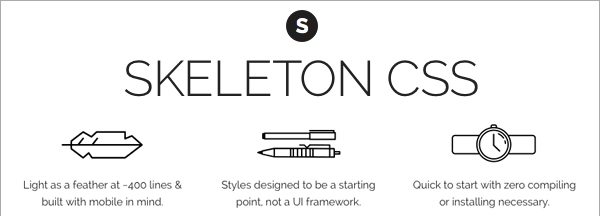
Skeleton is a dead simple cc framework with pretty much everything needed.
GITHUB Stars :13,500
GITHUB Link : https://github.com/dhg/Skeleton
Why should you employ Skeleton in your project?
- Free to use.
- Skeleton is a responsive framework flexible with many devices.
What are the Pros of using Skeleton?
- Skeleton requires zero installation time and setup requirements .
- Allows you to compile projects straightaway.
- Pretty good to use in small projects.
- Clean designs.
What are the Cons of using Skeleton?
- The time spent in development is a great complexity.
- It offers only a single demo at a time.
BULMA

Bulma is the best ever modern framework based on Flexbox.
GITHUB Stars :12,257
GITHUB Link : https://github.com/jgthms/bulma
Why should you employ Bulma in your project?
- Open Source and free to use.
- Skeleton is a flexible responsive framework with many devices and built for mobile-first.
What are the Pros of using Bulma?
- Very easy ui with the sizing of columns being done automatically.
- Easy support for drag and drop.
- Provides a flexible navigation bar.
- It allows to compose your elements with modifier classes.
What are the Cons of using Bulma?
- No official documentation regarding support for internet explorer.
UIKIT
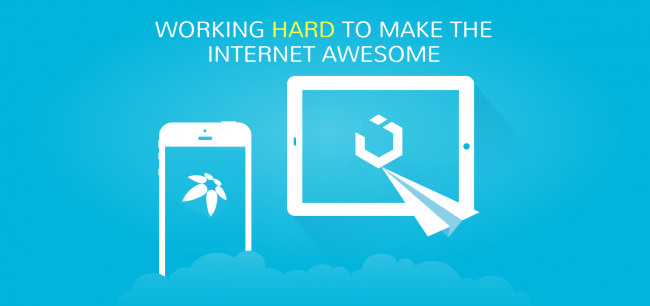
UIKIT is another modern yet fast productive framework designing web interfaces.
GITHUB Stars :8,452
GITHUB Link : https://github.com/uikit/uikit
Why should you employ UIKIT in your project?
- Free to use.
- UIKIT is a responsive framework and allows adding navigation bars, buttons, dialog boxes.
What are the Pros of using UIKIT?
-
Best advantage of Uikit is that includes both LESS and Sass CSS preprocessors-a unique feature.
-
Offers a completely responsive grid to work with.
- There are numerous styling components available.
-
Versatile for multi platform development.
- Easy to customize
What are the Cons of using UIKIT?
- Being a newer framework lacks large and precise community support.
- Although modern, but there is a limit on the number of available resources.
MILLIGRAM
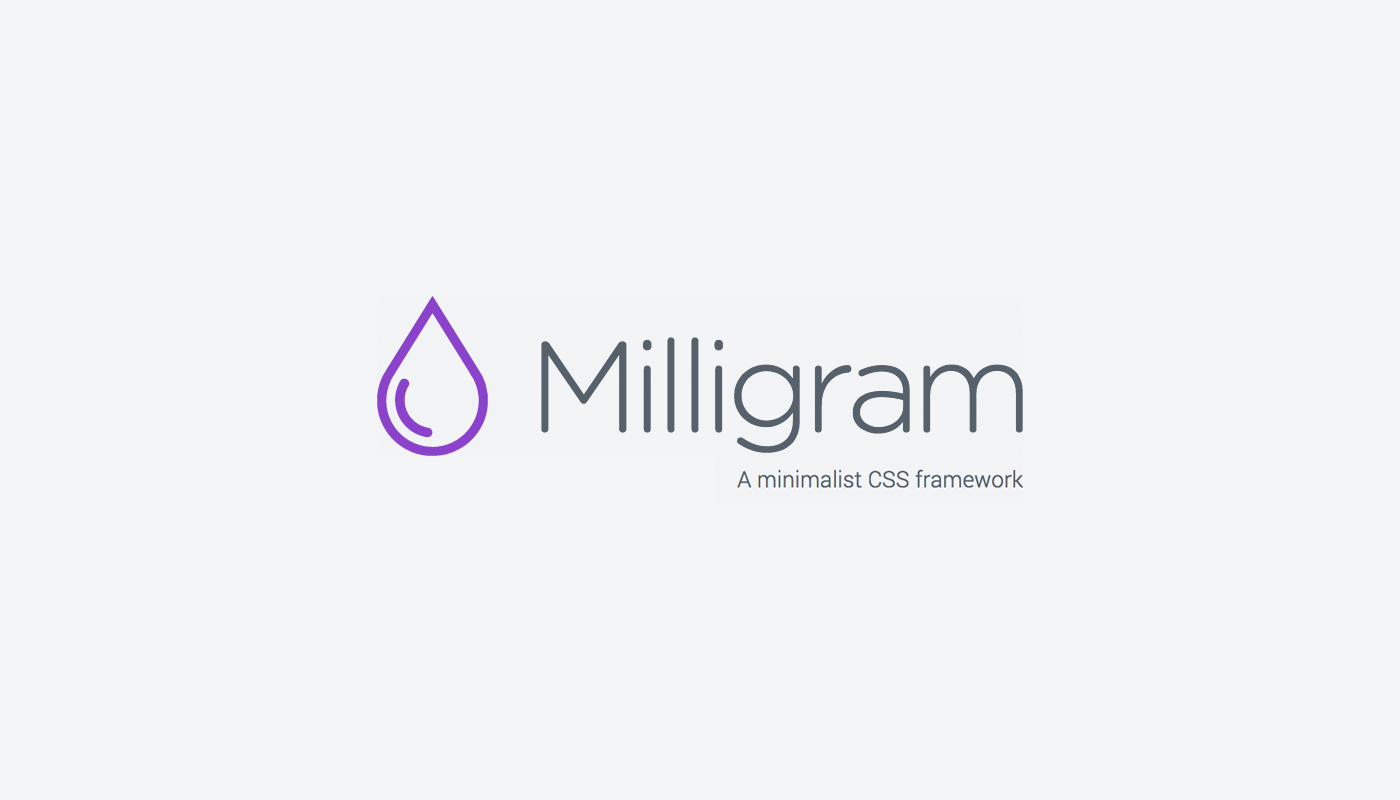
Milligram provides a minimal setup of styles for a fast and clean starting point.
GITHUB Stars : 5,223
GITHUB Link : https://github.com/milligram/milligram
Why should you employ Milligram in your project?
-
Open Source and free to use.
- Milligram is a responsive framework based on FlexBox.
What are the Pros of using Milligram?
- Extremely lightweight and tiny in size just about 2KB in gzip format.
- Highly productive and provides a better performance.
- Ui is simple and very convenient and easy to use.
What are the Cons of using Milligram?
- Only useful while creating small projects with least variation in styling.
Leave a Reply